Meta is said to be preparing to build a submarine fiber optic cable system with a length of more than 40,000 km, covering the globe with an investment of 10 billion USD.
According to network intelligence firm Sandvine, Meta’s properties—Facebook, Instagram, and WhatsApp—and their users account for about 10% of all fixed-line traffic; 22% of all mobile traffic. With continued investment in AI, data usage is set to increase significantly.
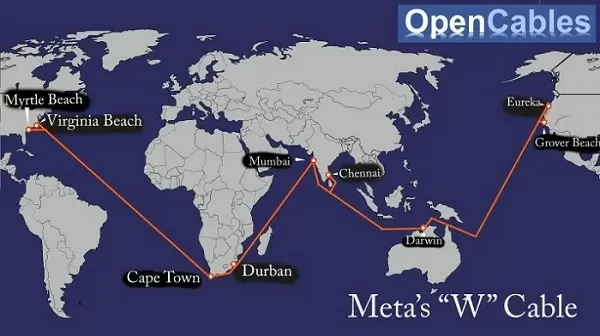 |
| Visualization of Meta's W-shaped submarine cable. |
Therefore, to ensure reliable access to infrastructure to support its business, Meta is planning to build a new submarine cable, around the world . The project is more than 40,000km long with a total investment of about 10 billion USD. More importantly, Meta will be the sole owner and user of this submarine cable.
Sharing with TechCrunch , undersea cable expert Sunil Tagare said the plan started with a budget of $2 billion, but when the project is implemented, the number could reach $10 billion and will take many years to complete.
Meta plans to release more details in early 2025, including the route, capacity, and rationale. The submarine cable will provide Meta with its own data path, running from the east coast of the U.S. to India via South Africa, then from India to the west coast of the U.S. via Australia, forming a W shape around the globe.
The construction of this submarine cable may be difficult because the number of companies capable of constructing the infrastructure is quite limited and there are already large customers who have booked the service, such as SubCom. One possible scenario is to deploy it in sections.
Undersea cables have been a vital part of communications infrastructure for the past 40 years. Meta’s plan represents a shift in investment and ownership of the undersea network from telecom alliances to large technology giants.
According to Telegeography , Meta currently co-owns 16 fiber networks, the closest being the 2Africa line that circles Africa. However, the company has its own cable to prioritize usage, support traffic on its platforms, improve user experience, reduce geopolitical risks, and develop data centers in India to serve AI.
Source


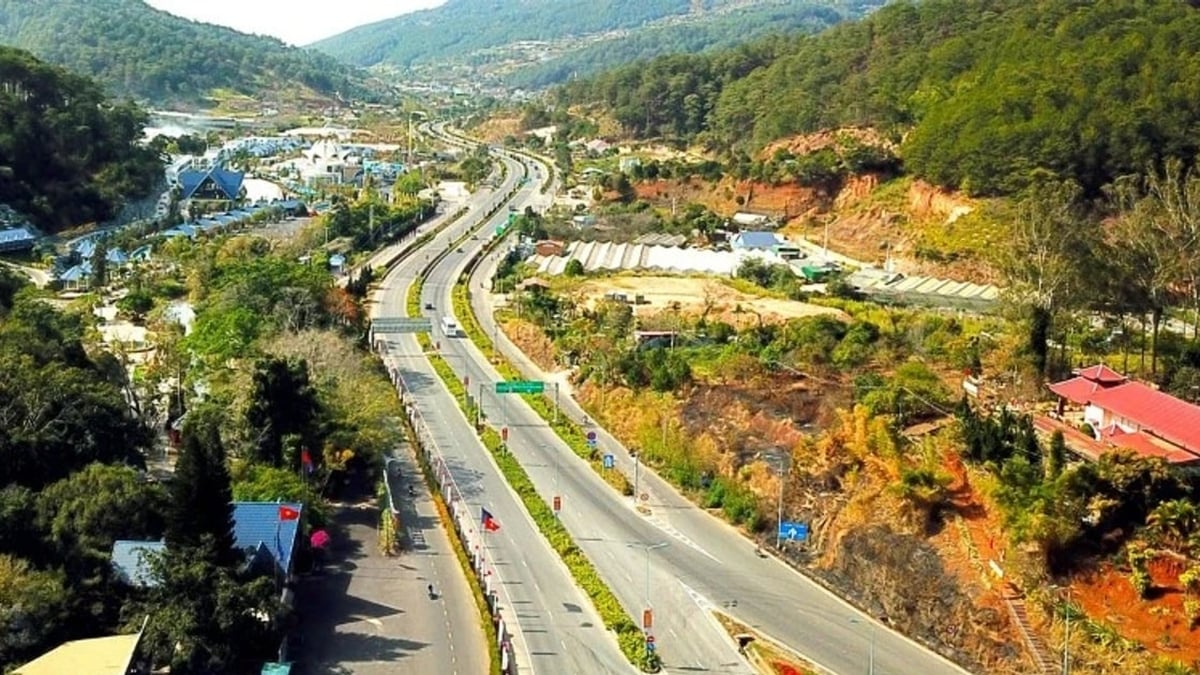






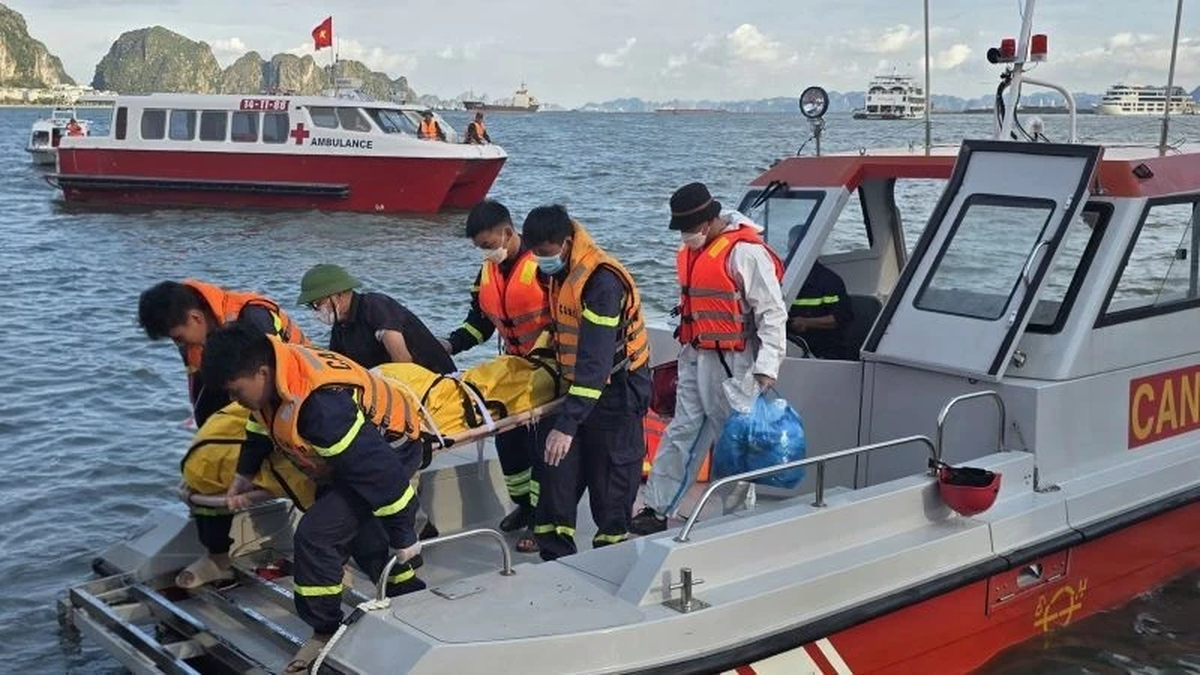

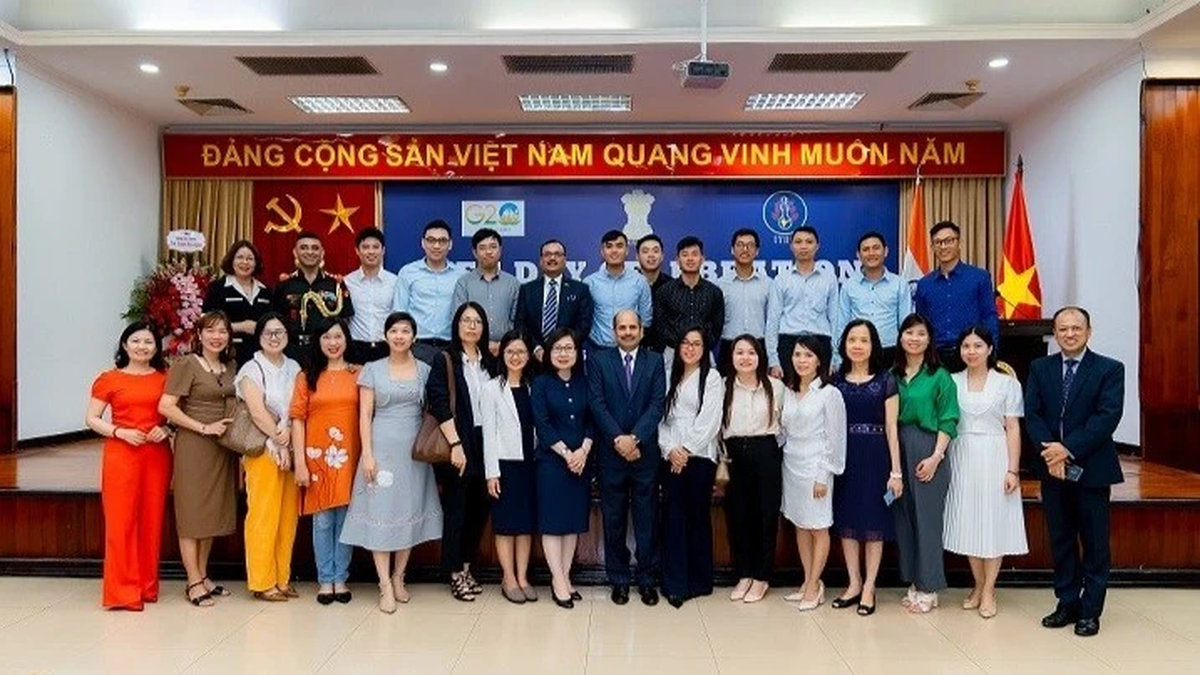


























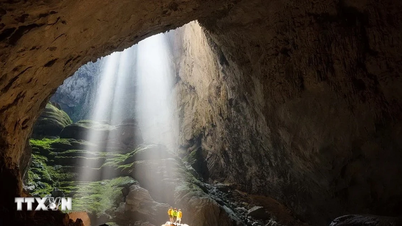


























































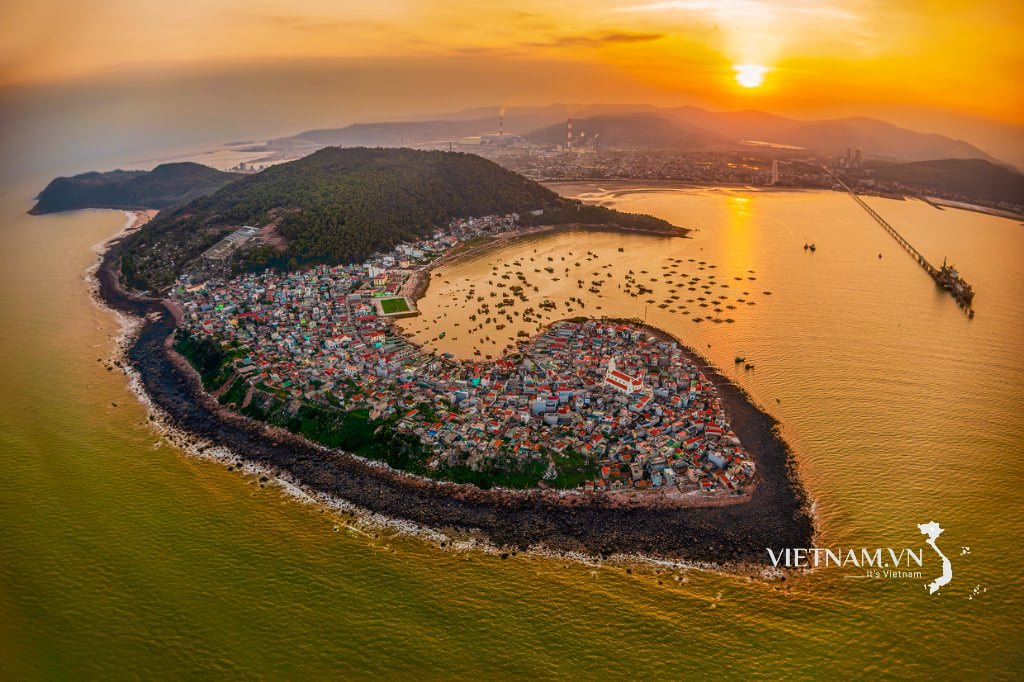



Comment (0)